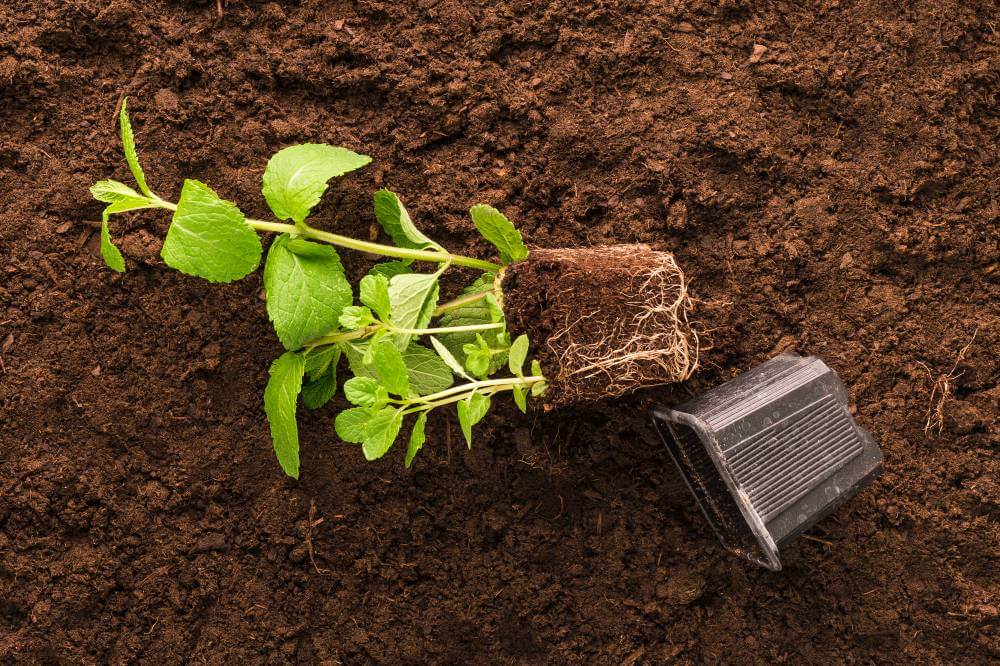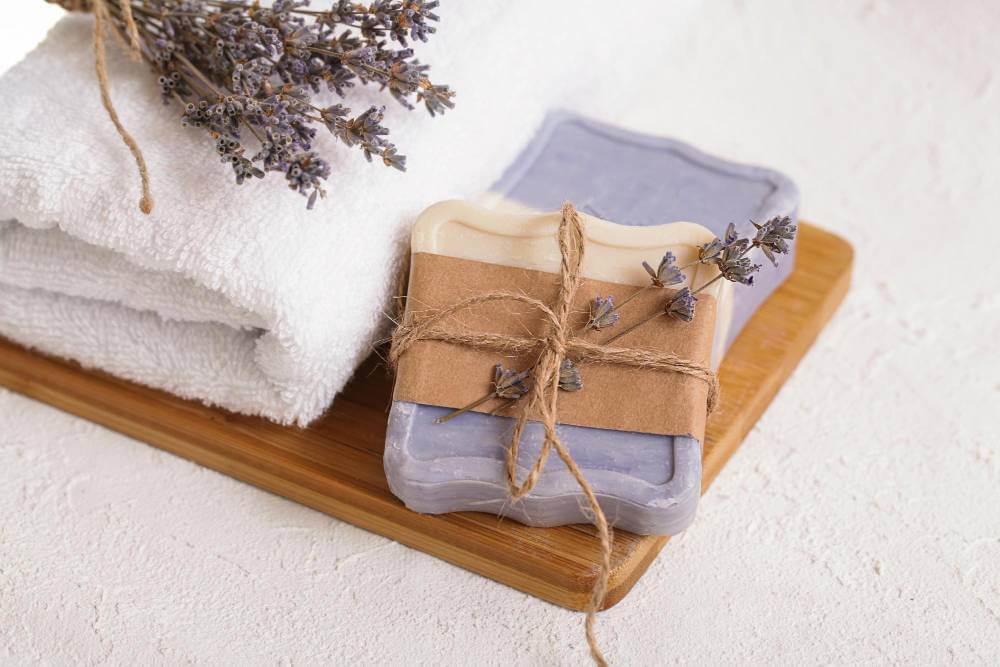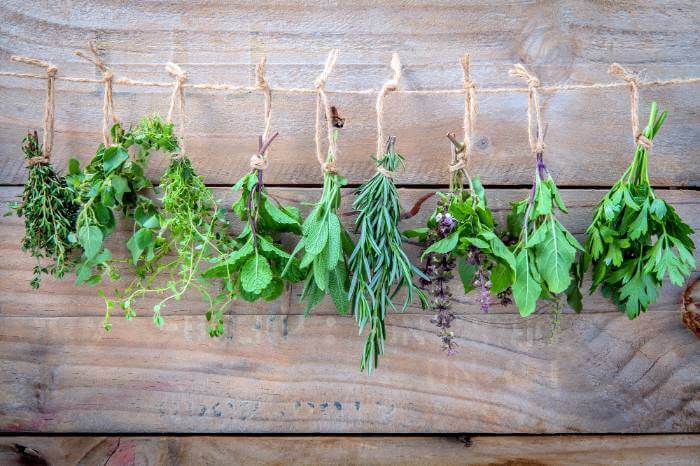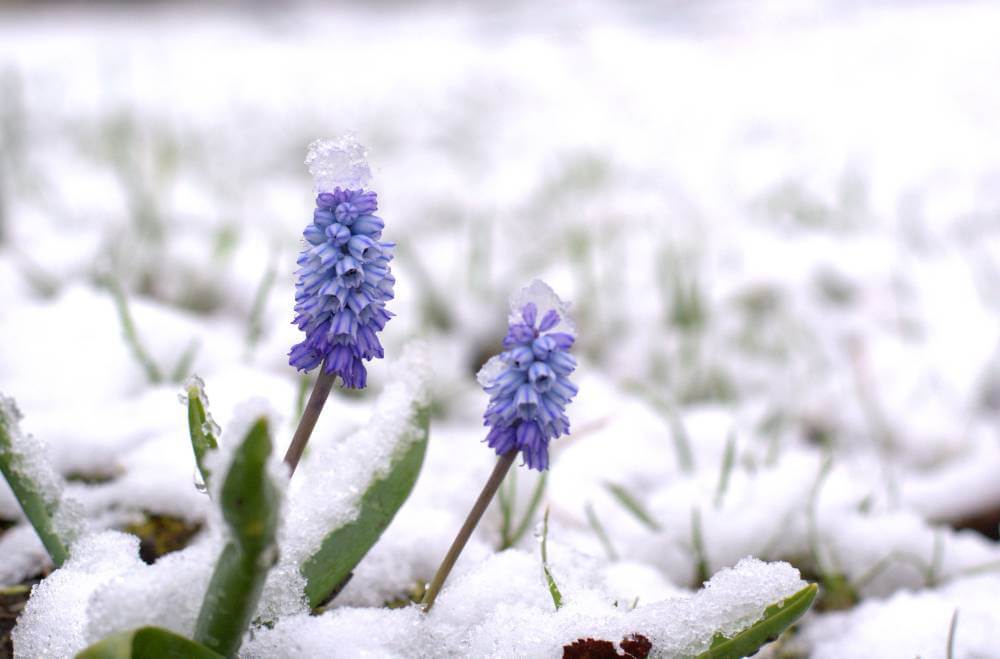Hey there! Today, I’m diving into the wonderful world of parsley and sharing some essential tips to help you grow this versatile herb like a pro. Whether you’re a seasoned gardener or a newbie with a passion for herbs, you’ll find plenty of helpful insights to ensure your parsley thrives in your garden. So, let’s get started on this parsley-growing adventure!
Parsley Power: Unveiling the Benefits and Typical Uses
Let’s talk parsley perks! Beyond its vibrant green appearance, parsley packs a nutritional punch that’ll have you reaching for it in every meal. Not only is it chock-full of essential vitamins and minerals like vitamins A, C, and K, but it also boasts impressive antioxidant properties. Incorporating parsley into your diet can help boost your immune system, support bone health, and even freshen your breath. From sprinkling chopped parsley over your favorite dishes to blending it into smoothies for an extra nutrient boost, the possibilities are endless. So, why settle for dull dishes when you can add a sprinkle of parsley pizzazz to every plate?
Exploring the Parsley Palette: Different Varieties for Every Gardener
When it comes to choosing parsley for your garden, you’ve got options aplenty. From the classic curly-leaf parsley, with its whimsical frills and decorative appeal, to the robust and flavorful flat-leaf (Italian) parsley, there’s a variety to suit every taste and culinary need. Whether you’re garnishing gourmet dishes or whipping up homemade sauces and soups, selecting the right parsley variety can elevate your culinary creations to new heights. So, let’s dive into the diverse world of parsley varieties and discover the perfect pick for your garden.
Evergreen Delight: Annual or Perennial Parsley Plants
Picture this: a garden filled with lush, verdant parsley plants, thriving year-round and providing a constant supply of fresh herbs. With parsley, you have the choice between annual and biennial varieties, each offering its own set of advantages. Annual parsley plants complete their life cycle within a single growing season, making them perfect for continuous harvesting and replanting. On the other hand, biennial parsley plants produce leaves in the first year, followed by flowering and seed production in the second year. Whether you opt for the perennial allure of biennial parsley or the convenience of annual varieties, one thing’s for sure – your garden will be brimming with evergreen delight.
Planting Parsley Paradise: Preferred Season and Sun Exposure
Timing and sunlight are key factors in ensuring your parsley plants thrive from the get-go. For optimal germination and growth, aim to plant your parsley seeds or seedlings in early spring or late summer, when temperatures are cooler and more conducive to parsley’s needs. When selecting a spot for your parsley patch, choose a location that receives ample sunlight – at least 6-8 hours per day – to promote healthy foliage and robust growth.
Winter Wisdom: Essential Tips for Caring for Parsley in Cold Weather
As winter’s chill sets in, it’s time to take extra precautions to protect your parsley plants from the frosty elements. Mulching around the base of your parsley plants can help insulate the roots and prevent damage from freezing temperatures. If you’re growing parsley in containers, consider bringing them indoors during particularly cold spells or covering outdoor plants with a frost cloth for added protection. With a little winter wisdom and TLC, your parsley plants can brave the cold and emerge thriving when spring arrives.
Seedlings or Seeds: Choosing Your Path to Parsley Prosperity
When it comes to growing parsley, the age-old question arises: seedlings or seeds? While starting from seeds allows you to witness the entire growing process from germination to harvest, planting seedlings offers a head start on enjoying fresh parsley sooner. Seedlings from your local nursery or garden center are already well-established and ready to thrive in your garden while growing parsley from seeds allows you to handpick your varieties and nurture them from the very beginning. Whether you’re a seasoned gardener or a novice nurturer, the path to parsley prosperity is yours to choose.
Rooted in Success: Growing Parsley from Cuttings
Did you know that you can propagate parsley from cuttings? It’s true – and it’s a simple yet rewarding way to expand your parsley garden. Start by snipping a stem from an existing parsley plant, removing the lower leaves, and placing the cutting in a glass of water. Within a few weeks, roots will begin to develop, signaling that it’s time to transplant your cutting into the soil. With a little patience and care, you’ll soon have a flourishing parsley plant that’s rooted in success – and ready to add flavor and flair to your culinary creations.
Parsley Paradise: Growing Indoors or Outdoors
Whether you have a sprawling garden or a cozy kitchen window sill, parsley can thrive in both indoor and outdoor settings. If you’re growing parsley indoors, choose a sunny spot with at least 6-8 hours of sunlight per day. Outdoor parsley plants prefer well-drained soil and can tolerate partial shade, making them perfect for gardens, raised beds, or containers on your patio or balcony. With proper care and attention to light and watering needs, your parsley plants will flourish wherever they’re planted.
Soil Secrets: Unveiling the Best Soil for Growing Parsley
When it comes to growing parsley, the key is starting with the right soil. Parsley thrives in well-drained, nutrient-rich soil with a pH level between 6.0 and 7.0. Opt for a loamy soil mix that retains moisture without becoming waterlogged and amend with organic matter like compost or aged manure to enrich the soil and promote healthy growth. With the perfect soil foundation, your parsley plants will have everything they need to reach their full potential.
Potting Parsley: Instructions for Growing in a Pot
Short on garden space? No problem! Parsley is perfectly suited for growing in pots and containers, making it an ideal option for urban gardeners or those with limited outdoor space. Choose a pot with drainage holes and fill it with well-draining potting mix, leaving about an inch of space between the soil and the rim of the pot. Plant your parsley seeds or seedlings, water thoroughly, and place the pot in a sunny location. With regular watering and occasional fertilization, your potted parsley plants will thrive and provide a bountiful harvest.
Hydroponic Hero: Cultivating Parsley Hydroponically
For the tech-savvy gardener looking to take their parsley game to the next level, hydroponic cultivation is the way to go. By growing parsley hydroponically, you can control factors like nutrient levels, pH, and water quality to optimize plant growth and flavor. Set up a hydroponic system with nutrient-rich water and a growing medium like perlite or coconut coir and watch as your parsley plants flourish without the need for soil. With proper monitoring and maintenance, hydroponic parsley cultivation offers a convenient and efficient way to grow fresh herbs year-round.
Water Works: Essential Watering Instructions for Parsley
When it comes to watering parsley, consistency is key. Keep the soil consistently moist but not waterlogged, allowing the top inch of soil to dry out between waterings. Water your parsley plants at the base to avoid wetting the foliage, which can lead to fungal diseases. During hot, dry spells, increase watering frequency to prevent the soil from drying out completely. With the right watering routine, your parsley plants will stay hydrated and healthy throughout the growing season.
Perfect Pairings: Companion Planting with Parsley
Parsley isn’t just a culinary star – it’s also a superstar companion plant in the garden. Plant parsley alongside herbs like basil, chives, and cilantro to enhance their flavor and deter pests. Pair parsley with flowers like marigolds and nasturtiums to attract beneficial insects like ladybugs and lacewings. And don’t forget about parsley’s vegetable companions – plant it near tomatoes, peppers, and carrots to improve their growth and flavor. With strategic companion planting, your parsley plants will thrive while creating a harmonious and balanced garden ecosystem.
Planting Foes: Parsley’s Incompatible Companions
While parsley makes a fantastic companion plant for many garden favorites, there are a few plants it prefers to keep its distance from. Avoid planting parsley near members of the brassica family, such as cabbage, broccoli, and cauliflower, as they can inhibit parsley’s growth. Similarly, keep parsley away from mint and fennel, as they can compete for nutrients and space in the garden. By steering clear of these planting foes, you’ll ensure your parsley plants have the best chance of success.
Pollinator Paradise: Parsley’s Attraction for Beneficial Insects
Parsley isn’t just a treat for your taste buds – it’s also a magnet for pollinators and beneficial insects. The tiny flowers produced by parsley plants attract bees, butterflies, and other pollinators, which play a crucial role in fertilizing flowers and ensuring bountiful harvests. By planting parsley in your garden, you’ll not only enjoy fresh herbs but also support local pollinator populations. So, let your parsley plants blossom and watch as they become a pollinator paradise in your backyard.
Prune with Precision: Parsley Pruning Instructions
Pruning parsley isn’t just about maintaining a tidy appearance – it’s also essential for promoting healthy growth and prolonging the plant’s lifespan. Regularly snip off any yellowing or dead leaves to encourage new growth and prevent disease. Harvest parsley leaves from the outer edges of the plant, cutting them at the base to encourage continued growth. Avoid pruning more than one-third of the plant at a time, as this can stress the plant and inhibit growth. With proper pruning techniques, your parsley plants will stay lush and vibrant throughout the growing season.
Pest Patrol: Treating Common Pests Affecting Parsley
Despite its resilience, parsley is not immune to pests and diseases. Common pests that may target parsley include aphids, caterpillars, and spider mites. Keep an eye out for signs of pest infestation, such as yellowing leaves, holes in the foliage, or sticky residue on the plant. To treat pests, start by gently washing the affected plants with a strong stream of water to dislodge pests. For more severe infestations, consider using organic insecticidal soap or neem oil spray to control pests without harming beneficial insects. With prompt pest patrol and treatment, you can keep your parsley plants healthy and thriving all season long.
Wrapping Up: Cultivating Parsley Paradise
And there you have it – the ultimate guide to growing Parsley like a pro! Growing parsley is a rewarding endeavor that adds flavor, freshness, and health benefits to your garden and kitchen. By following these essential tips and tricks, you’ll be well on your way to cultivating lush parsley plants that thrive year-round.
Join me on this herbaceous adventure as we explore the ins and outs of herb cultivation, and don’t forget to check out my other posts for more information and tools to nurture your herb garden and turn it into an oasis of greenery and flavor!







